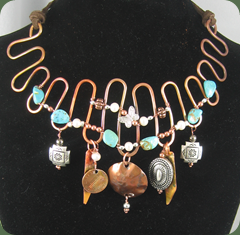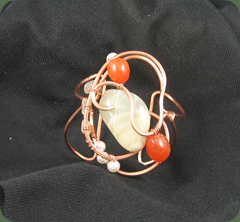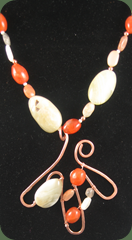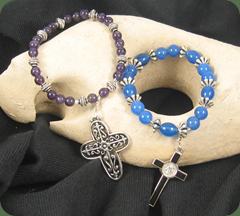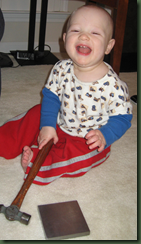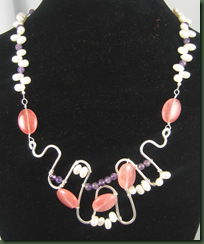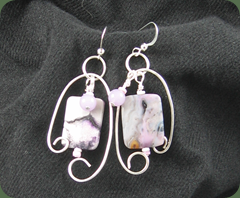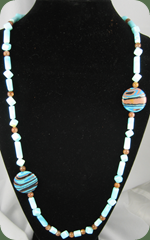Have you noticed magazines in the stores featuring places “where women create?” I eagerly grabbed a copy on my last visit to the book store wanting to learn how to better organize my own design studio. It wasn’t exactly what I expected. I wanted to see places that looked like my space, but those studios looked like something out of a home decorating magazine rather than places to WORK. When I work, things are askew, scattered and there is a general appearance of disarray. The studios in the magazine were well decorated and organized. I realize that if a photographer were coming to my studio, I would spruce it up a bit, but mine could never look like those places. Then I began to wonder . . . should it look that way? Would I be more creative amid all that beauty? I also wondered if I would be more credible if I wore fancy clothes like the designers in the photos.
Now I’m on a mission! While my goal is not to create a studio that would win a spot in one of those magazine, I could be better organized; Yet, my space should still represent the way I work. Since my doctorate is in early childhood education, I decided to use what I know and take the centers approach. Several years ago, one of my major workshops for teachers was on centers and my last book covered the topic (Tiered Activities for Learning Centers: Differentiation in Math, Language Arts, Science & Social Studies, 2004, Pieces of Learning Press) School children, especially in the early grades, often spend time in centers. In kindergarten we usually find housekeeping, blocks, art and various other centers where children spend time exploring and learning. These centers are created for specific purposes, not just for play. I even used centers in university graduate level classes. Now, I’m using centers for studio organization. One of the keys to educational centers is to have everything you need for basic exploration in that one area. That’s not to say that a block or two didn’t ease on over into housekeeping once in a while, but when it was clean up time, all the students knew where the blocks lived.
My studio problem has been figuring out where in the world I last used this or that tool. Now, with my design centers, at least I know where the tool is supposed to be. For example, although my metal cutting shears always belong in the sheet metal center, they sometimes wander over to the hammering center. Now I’m trying to be sure I immediately put them back in the right center after their visit to another spot. This probably sounds silly. Didn’t someone teach us that everything should have its own place? Yet, somehow this centers approach helps me. Now I can remember where something belongs because the location is based on need. I try to think of what someone else would need if they came into a particular center to work and then keep those supplies in that area.
Currently, I have the following studio centers: hammering/drilling, beading, sheet metal cutting, applying patina and torching. The laundry room doubles for washing clothes and applying patina and the torching is in the mechanical room made of concrete and bricks (no combustibles). The other centers are in my office.
I am fortunate to have a good deal of work space; However, I think it’s important to try not to take over the whole house. If I’m too spread out, the organization impedes the work. I think this centers approach would work well even in a small space. For example, shoe-box centers were functional in school. Each box contained the materials needed for learning a particular skill or developing a concept. Now, I have box centers for storage of things seldom used that don’t belong in the centers. These include wax and finishing products, stamps and ink and decoration paper. I keep these in a closet, but they are readily available.
No matter how well I organize, the proof is in the using. Do I have the centers organized correctly? Will I be disciplined enough to keep things in the right center? I can’t yet answer those questions as I have a feeling that a one week trial period is not enough to say “yes”. I am, however, optimistic, and find that cleaning up is much easier than it used to be. Unfortunately, along with clean up, that little kindergarten song we used to sing keeps ringing in my head “pick up…pick up…it’s time to pick up”. (Johnny, that means you too.) “pick up . . . “
